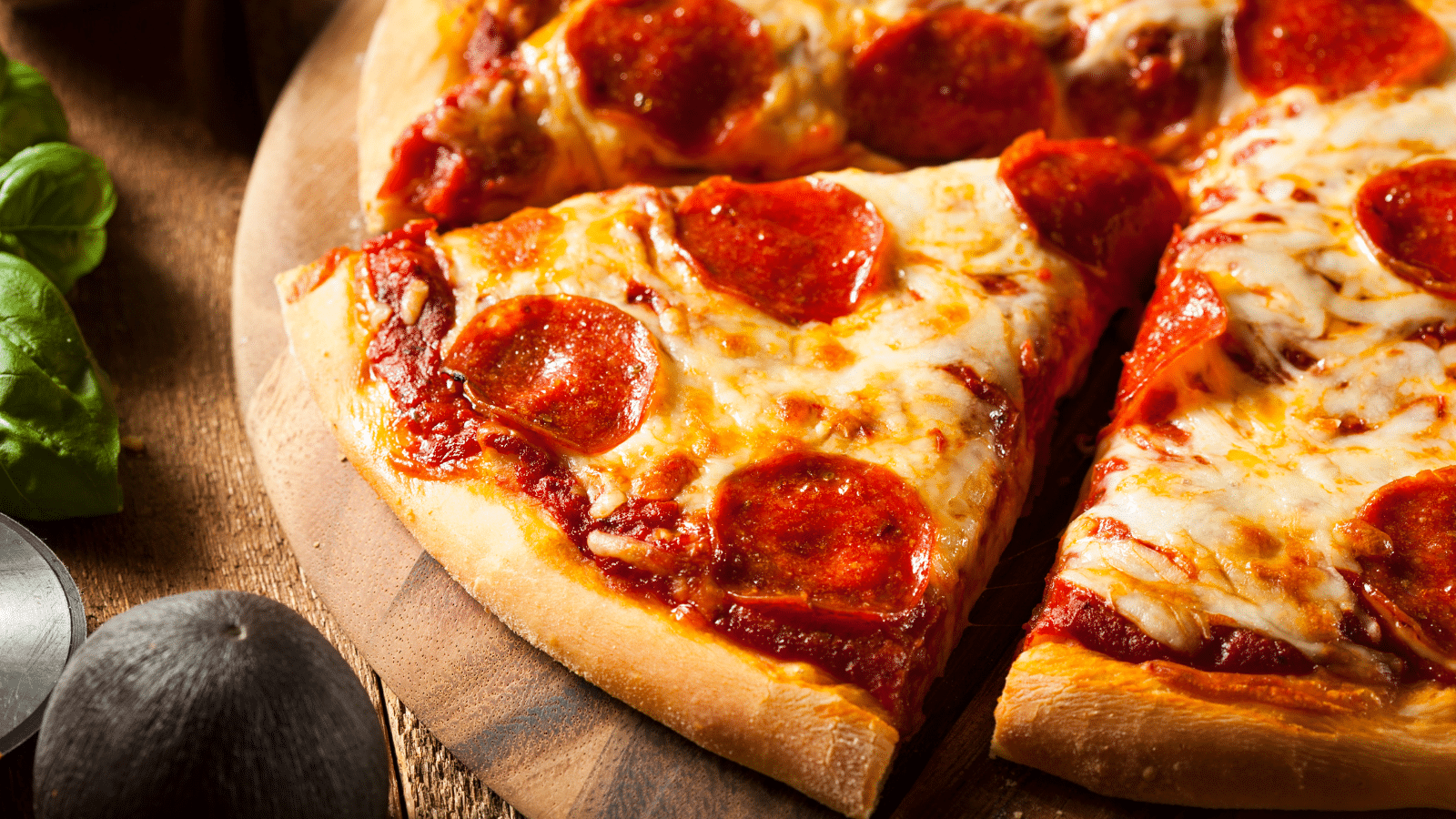The morning began with a discussion between Christopher Thomas-Moore, Chief Digital Officer of Domino’s Pizza and National Retail Federation’s Martine Reardon, Senior Advisor for Retail Insights and Content Creation.
Christopher has served as senior vice president – chief digital officer since November 2021. In this role, he leads digital experience and loyalty, retail technology, delivery technology, operation innovations, and international digital marketing.
Chris began with a quick overview of the Domino’s business. Starting over 60 years ago, Domino’s has grown to be the number one pizza company in the world. The business today sells on average, 3 million pizza per day, employs over 400,000 team members and generates more than US $18 billion in sales.
While innovation is an important driver of Domino’s success, Chris advised innovation is a journey – it doesn’t happen overnight. There is a process. Chris delved into the history of Domino’s innovation over the last 15 years.
“The first and possibly biggest innovation we made was, “The Dominos Tracker”, which we launched in 2008. In the past, customers called and order a pizza, then waited, hoping it would arrive. When you think about that, it was not a great experience”, said Thomas-Moore.
Tracker helped customers know where the pizza was and when it was coming.
“In 2010, we had a ‘turnaround moment’ for our brand. We realised our product wasn’t meeting the expectations of customers. Market research and focus groups were clearly negative. There were comments about “tastelessness, cardboard, poor quality toppings”, Thomas-Moore admitted.
“Rather than hiding behind the commentary, we shared it, openly on our socials. We acknowledged we didn’t make great pizzas. We took out adverts, acknowledging we had got it wrong, and we had dropped the ball.”
Being open with our customers, meant they joined us on our new journey. We were raw and honest, with them. As an outcome, we developed a new pizza recipe. Customers responded positively.
“We continued to innovate. In 2016, we developed ‘Anywhere Solutions’. The problem was, you had to be home, or at work, to order a pizza. You had to call or order online. This innovation enabled our customers to order on their smartwatch, send an emoji, or order through socials”.
“In 2017, we launched our first autonomous vehicle, in partnership with Ford. We think that is where the future is”, explained Thomas-Moore.
Innovation continued in 2018 with the launch of ‘Domino’s Hotspots’. No longer did customers have to be at home or in the office to get a pizza delivered. We added thousands on ‘Hotspots’, where you could now get a pizza delivered. Places like train stations, transit terminals, the beach, a park – we had a variety of ‘hot spots’.
“We extended this innovation in 2023, with ‘pinpoint’ delivery. So, just like using a ride-share app, you can now order a pizza and have it delivered while you are waiting for a bus, or even on the side of the road somewhere. Our innovations were enabling us to engage with our customers, anytime, anywhere.”
Innovation does not always have to be new. Innovation can be innovating on something that is old, such as the old ‘Buy One, Get One Free’ (BOGOF) promotional tactic.
Thomas-Moore spoke of Domino’s ‘Emergency Pizza” – a spin on the old BOGOF tactic.
Thomas-Moore added that Domino’s recent promotions push, including their “Emergency Pizza” offer – you simply buy one, and get another free, whenever you need it, helped drive increased orders and more sign-ups for its loyalty program.
The company also saw a boost from its promotion efforts on Uber Eats, with which it has a deal to deliver orders made through the app.
“Customer responses to ‘deals’ is stronger than to ‘everyday low prices’. As a result, we are continuing to work to fine-tune our marketing spend and our offers to ensure that we are effectively driving this channel,” he said.
Thomas-Moore asked the audience to consider the question, “Are your messages relevant?”
A good message needs tension. Tensions are genuine, coiled-up discomfort in society. So, ‘tension’ was cost of living – so, the ‘Emergency Pizza’ reduced that tension.
“We see tensions from three areas. Firstly, ‘category’ – when we saw drivers lined up in the ‘drive-thru’ waiting for their burgers and fries, we wanted to fix that tension. Secondly, in culture – broad world tensions impacted everyone, not just fast food consumers, so ‘getting back to pre-pandemic lives’ was a tension. Finally, our customer – tension in their lives – need convenience and speedy meals.
Analysing those tensions led us to develop a strategic partnership with Apple Play. So, while driving home from work, you can order pizza from your car and just drive up and the pizza placed in your car.
Thomas-Moore, then spoke of the eight drivers of Domino’s Innovation
1. Embrace revolution. Understand what is changing and shifting. Don’t swim against it, don’t fight it, instead move with it.
2. Practice uncommon honesty. We realised our products sucked! Customers value honesty, so rather than hide behind polished media releases, we accepted the feedback, no matter how painful – and that brought about change and innovation.
3. Define your ‘why’. If we are going to do something, we ask ourselves why are we doing this? Will it benefit our customers or our people? If it doesn’t, we don’t do it.
4. Take bold action. We want to be first.
5. Challenge everything. By challenging the status quo, we are able to identify opportunities for improvement in existing systems and processes.
6. Get ‘innovation-ready’. If you want to be fast with innovation, you need to ensure you have the right agile structure, the right people, processes, structure and access to capital.
7. Innovation is ‘Advertising’. Much of our innovation becomes an advertisement for our brand. Innovation is viral.
8. Work in Progress. We always think we are just that. We don’t rest on our laurels. We kept moving forward.
Thomas-Moore was then joined on stage by Martine Reardon for a short fireside chat.
Reardon asked, “How do you get executives or boards, or franchisees to support innovation – there is always risk.”
Thomas-Moore responded, “We started small and supported the innovation with data. We demonstrated before and after results. We communicate the journey and the process. Governance and controls were important. That created trust and now innovation is easier.
Reardon, “What happens if someone doesn’t get on the ‘train’?”
Thomas-Moore, “If someone opposes a change, we want that advice. If there is ‘no resistance’, that would make me worried. We use a ‘Stage Gate Process’. It is a methodology that improves innovative project outcomes and prevents risk by adding gates, or areas for review, throughout the project plan.”
Reardon, “Where does innovation start? With operational efficiency or customers?
Thomas-Moore, “It starts with both. We need to identify where we can reduce consumer ‘tension’ or ‘pain points’, and equally, how can we do this efficiently, more cost-effectively. We must do both, or there is an imbalance.
Reardon, “Where are we going to be in the next 2-5 years?”
Thomas-Moore, “Personalisation is getting more important. Think about your relationships. We want to get to a place where we can ‘talk differently’ to our customers. Think about ‘transactional business relations’ – how we speak to one another. But now think about our ‘relational emotional relationships’ we have with our loved ones. We speak differently with them. AI, and particularly, Gen AI, will facilitate these relationships.”




















